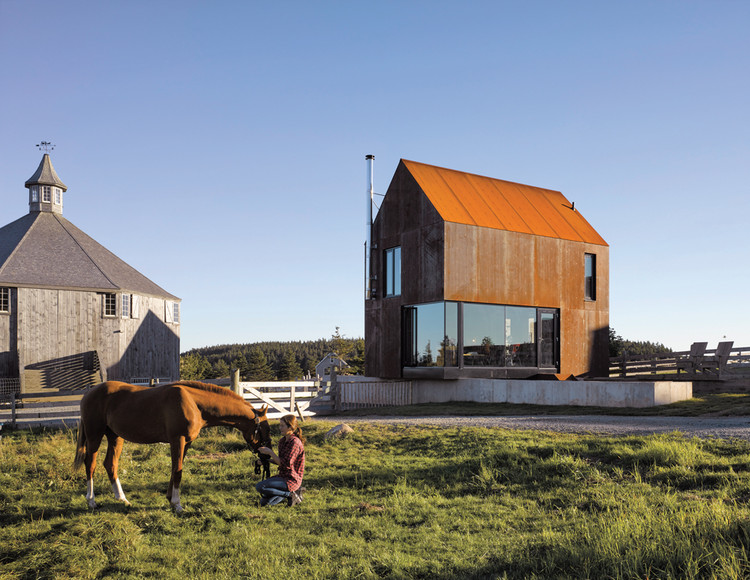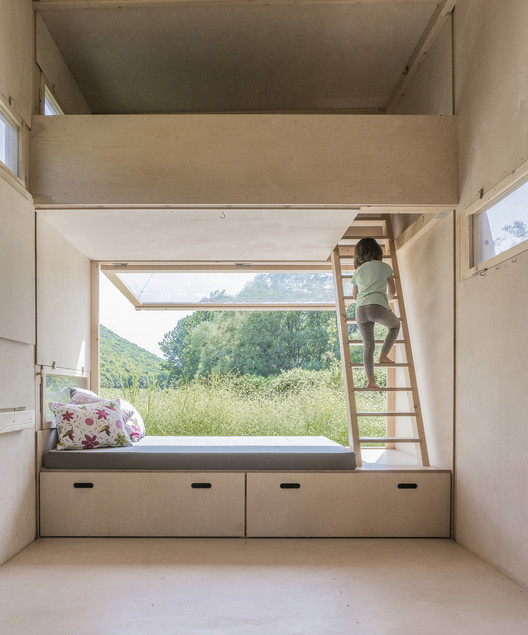
“In recent years, we have been confined to our homes more and more,” says health mentor and entrepreneur, Enitor Joiner. “This has made us more aware of the (dis)comforts of our immediate living environment. For example, sitting still for long periods while working at home leads to physical complaints such as RSI. A poor living environment can also cause stress and and mental challenges. Loneliness is a growing problem in society, and a general lack of knowledge of healthy living patterns has led to an increase in disease. With this in mind, Marc Koehler Architects and I got to work by asking ourselves: how can we create a pleasant living environment that automatically contributes to a healthy lifestyle?”



_Yohei_Sasakura.jpg?1584733407&format=webp&width=640&height=580)
_Toshiyuki_Yano.jpg?1584733248)
_Fernando_Guerra___FG_SG.jpg?1584733499)
_Toshiyuki_Yano.jpg?1584733288)
_Adrien_Williams.jpg?1584733422)
_Yohei_Sasakura.jpg?1584733407)































.jpg?1553197408&format=webp&width=640&height=580)







.jpg?1612411982)

























.jpg?1552337492)



.jpg?1577975601&format=webp&width=640&height=580)

.jpg?1577975466)
.jpg?1577975388)

.jpg?1577975601)

